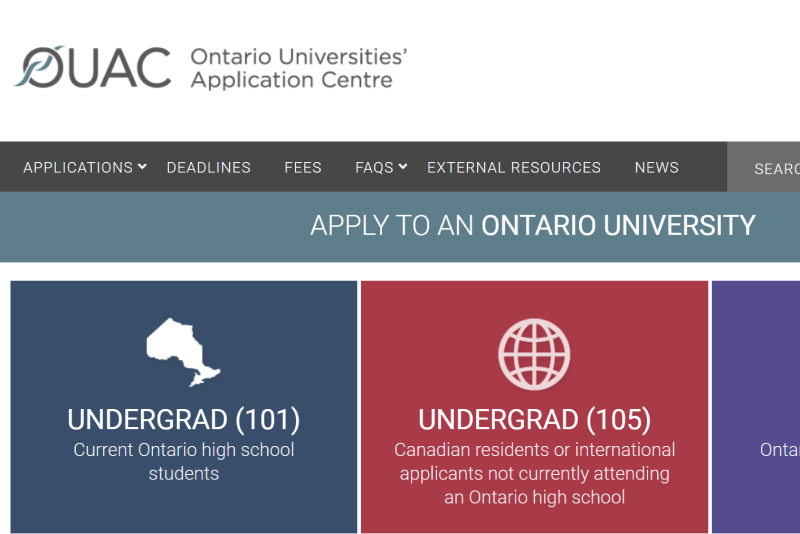In Sub-Saharan Africa, a stark reality confronts us—61 million children between the ages of 6 and 11 are not attending school. The underlying reasons are multifaceted, encompassing the harsh challenges of poverty, armed conflict, and forced displacement. As per data provided by UNESCO, more than one-fifth of children aged 6 to 11 are not experiencing the fundamental right of education. Those who do manage to attend school often do so in precarious conditions, marked by a scarcity of educational materials, a lack of electricity, and limited access to technology.
This predicament casts a long shadow over their future prospects and opportunities. In this blog post, we will explore how educational technology has and can positively contribute to the educational landscape of Sub-Saharan Africa, bringing new horizons to the millions of children who have been left in the shadows.
The Current Landscape:
Africa’s education system has long grappled with a range of challenges. Yet empowering Africa’s youth with the essential skills for the future stands out as an astute approach to fast-tracking development in the region. Many experts contend that a growth trajectory led by education is poised to be the future path forward, especially when considering the positive effect technology is expected to bring to the job landscape. Some of the challenges in the existing landscape include inadequate resources, infrastructural limitations, underfunded schools, and a shortage of qualified teachers. Nevertheless, existing and emerging innovative solutions can begin to address these challenges.
Opportunities:
- Access to Quality Education:
- Educational technology has the potential to democratize education in Africa. Platforms and digital resources enable students to access quality learning materials regardless of their location. This can be particularly impactful in remote and underserved areas. To meet the major challenge of providing access to quality education in places which have low electricity coverage, CyberSmart Africa, has designed a learning platform based on a mobile device that contains all the necessary learning materials (maps, photos, videos, texts, etc.) and which is powered by solar energy.
- Rural Education:
- For remote areas without access to traditional schools, initiatives like iSchool Zambia and eSchool 360 in Rwanda are introducing digital learning. This ensures that even the most underserved communities can access education.
- Digital Literacy:
- The integration of technology into classrooms equips students with essential digital literacy skills. This prepares them for the demands of the digital age, allowing them to become competent users and creators of technology.
- Higher Education Access:
- Platforms like the African Virtual University are making higher education more accessible across borders. Online courses and degree programs are offered, enabling students to pursue higher education, even when universities are scarce in their regions.
- Tailored Learning:
- Digital resources enable personalized learning experiences. Interactive content and adaptive learning tools cater to the specific needs and learning paces of individual students, enhancing their overall educational experience.
- Cost-Efficiency:
- Many technology-driven solutions in education are cost-effective. This helps bridge the resource gap, making education more accessible to a broader range of students. For example, initiatives that provide low-cost devices or internet connectivity can significantly reduce the financial burden on families and institutions.
Limitations:
- Infrastructure Challenges:
- While educational technology has great potential, it heavily relies on robust infrastructure, including reliable electricity, internet connectivity, and adequate hardware. In many parts of Africa, these infrastructure challenges persist, hindering the widespread adoption of digital education solutions.
- Inadequate Teacher Training:
- Implementing educational technology effectively often requires well-trained teachers who can integrate technology into their teaching methods. Many African countries face challenges in providing teachers with the necessary training and professional development to use technology in the classroom.
- Content Localization:
- Educational content must be culturally relevant and adapted to the local context to be effective. The challenge lies in creating and curating content that resonates with the diverse cultures, languages and curricula across the continent.
- Economic Disparities:
- Economic disparities among students and schools can exacerbate inequalities in educational outcomes. Not all students have equal access to the devices, internet, and resources necessary for online learning, which can reinforce existing educational inequalities.
- Data Privacy and Security:
- With the increasing use of technology in education, the need to protect student data and ensure privacy becomes paramount. This is a challenge that needs careful attention to avoid potential breaches and misuse of sensitive information.
In conclusion, while the use of educational technology offers significant promise in transforming education across Africa, there are substantial challenges to overcome. Addressing infrastructure issues, ensuring quality teacher training, and adapting content to local contexts are crucial steps toward harnessing the full potential of technology in education on the continent. Considering the magnitude of the educational hurdles, strategically applied technology can offer substantial assistance to worldwide initiatives aimed at advancing educational access. In Sub-Saharan Africa, forward-thinking individuals are harnessing technology to extend their reach to children currently excluded from formal schooling, enrich classroom interactions, distribute educational resources, and monitor students’ academic advancement, among a host of other transformative possibilities.





